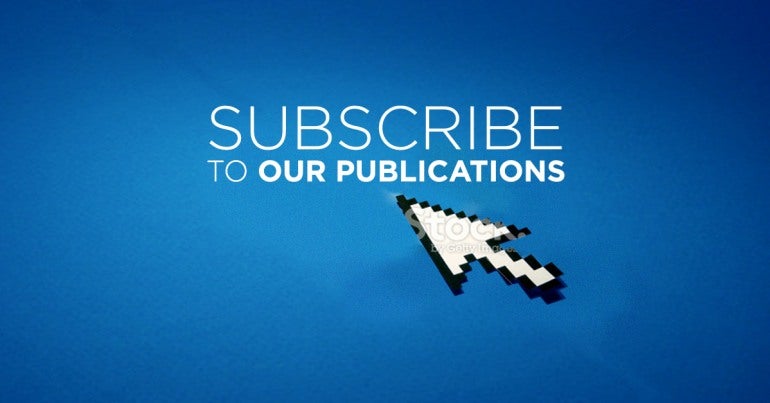Chandra Pasma | CUPE Research
 In the fall of 2016, the federal government consulted on the idea of extending parental leave to 18 months. At the time, CUPE and our allies criticized the move for privileging wealthy parents while failing to address broader issues of fairness and access to parental leave.
In the fall of 2016, the federal government consulted on the idea of extending parental leave to 18 months. At the time, CUPE and our allies criticized the move for privileging wealthy parents while failing to address broader issues of fairness and access to parental leave.
We called for the government to instead broaden access for lower-income parents by lowering the eligibility threshold, extending the length of time workers have to accumulate enough hours, and increasing the benefit rate.
However, the government went ahead with its plans. In its 2017 budget, the federal government extended parental leave from 12 months to 18 months.
Legislation to change the Employment Insurance Act and the Canada Labour Code is making its way through Parliament and is expected to take effect in late 2017 or early 2018.
Under the new rules, parents will have two options. They can take 35 weeks of leave in a 12-month period at 55 per cent of their insurable earnings (up to a maximum of $543 per week), or they can take 61 weeks of leave in an 18-month period at 33 per cent of their insurable earnings (up to a maximum of $326 per week). Parents will not be able to combine the two options, and parents already on leave at the time the law comes into effect will not be able to convert their leave.
Maternity leave will remain 15 weeks at 55 per cent of insurable earnings, regardless of how parental leave is taken.
Quebec runs its own parental insurance program, so the changes will not apply to parents there.
Once the legislation takes effect, workers outside of Quebec in federally-regulated industries (such as transport, banking or communications) will have access to the new benefit and new protected leave without requiring any changes to their collective agreements. Workers in Nova Scotia, which already offers 18 months of parental leave, will also benefit immediately.
For workers in other provincially regulated jurisdictions, however, access may vary. The Employment Insurance Act applies to all Canadians, which means all workers outside of Quebec can receive the extended EI benefits as long as they have enough insurable hours to qualify. However, until changes are made to provincial labour and employment laws, depending on the language of the collective agreement, the longer leave may not be protected – and the worker may not be guaranteed their job back at the end of the leave.
The provinces are not required to harmonize their laws and they may not be in a rush to do so. For instance, Alberta recently announced reforms to their provincial Employment Standards Code to align Alberta’s leave provisions with changes made to EI Special Benefits and to the Canada Labour Code in 2012.
Top-ups: Bargaining implications
Nearly half of CUPE members have a collective agreement which includes a top-up, or supplemental unemployment benefit (SUB), for parental leave. These SUBs grant the employee a payment from the employer that covers the difference between the EI benefit rate and a higher percentage of the worker’s normal salary for some or all of their leave. For example, a collective agreement might give workers a SUB equal to 75 per cent of their current salary for 20 weeks of leave.
Generally, the language on SUBs does not specify an EI benefit rate or a maximum SUB amount. This means that for workers who opt for the longer parental leave at a 33 per cent benefit rate, the employer would now be responsible for paying the difference between 33 and 55 per cent, in addition to the difference between 55 per cent and the negotiated level.
Employers may try to fight this increased financial commitment.
However, the case law seems to be on the workers’ side: as long as collective agreement language is clear, employers are responsible for this additional cost. Even if employers do not fight their increased responsibility during the life of the current collective agreement, they may try to limit their responsibility in future rounds of bargaining.
Locals should speak to their staff representatives about strategies for negotiating language in response. One option is to ensure that the dollar value of the top-up remains the same for all employees, regardless of the length of their leave.
Next steps
While we wait for the new changes to come into effect, CUPE locals should review their provisions on parental leave. Here’s a parental leave checklist:
- Review the length of protected leave.
- Review the length and amount of supplemental benefits.
- Identify where changes need to be made in order to ensure workers’ access to this new benefit.
- Check if language is clear regarding the right of workers to accumulate seniority and vacation; and to receive other benefits during the period of an 18-month leave.
CUPE will continue to press the government to make these much-needed changes, so that parental leave, and indeed all EI benefits, are more accessible to all Canadians.


